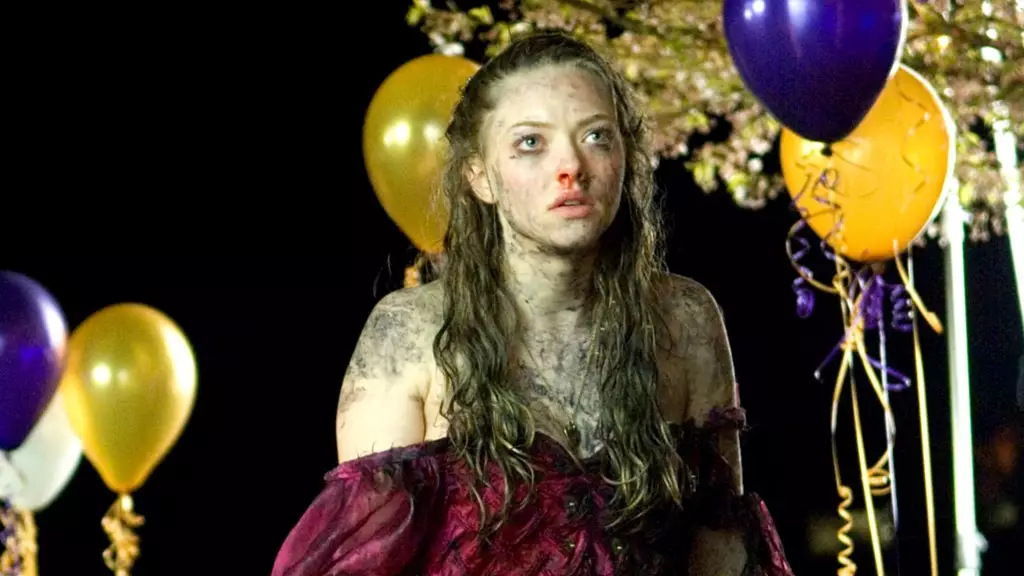“Jennifer’s Body,” the 2009 film that initially flopped at the box office, is experiencing a resurgence in popularity. With the potential for a sequel now on the table, Amanda Seyfried, who played the lead role of Needy, has been very vocal about her admiration for the original. Seyfried’s strong defense positions the film not only as a work of art but as a cultural marker that merits re-examination.
The Fallout from Flawed Marketing
Seyfried’s critique of the film’s marketing strategy sheds light on a broader issue within Hollywood: the disconnect between creative vision and commercial promotion. She asserts that the marketing team missed the mark, misrepresenting the film’s essence by leaning heavily on Megan Fox’s sex appeal. This approach, aimed squarely at the male gaze, failed to encapsulate the film’s deeper themes of friendship, betrayal, and female empowerment. According to Seyfried, the film’s nuanced humor and sharp commentary were lost amidst a promotion that framed it as a mindless horror flick.
The flawed marketing undoubtedly contributed to the film’s poor reception upon its release. Yet, as cultural dialogues around feminism and female agency evolved, “Jennifer’s Body” was reassessed and embraced by a new audience, transforming into a cult classic that resonates with those who once felt alienated by its initial marketing.
Feminism at Its Core
What stands out in Seyfried’s homage to the film is the recognition of its feminist undertones, which have become increasingly appreciated in today’s social climate. With Rosy retrospectives often illuminating the struggles women face in cinema and in life, “Jennifer’s Body” serves as a beacon for those who feel marginalized. Seyfried’s character, Needy, embodies a complex fusion of vulnerability and strength, earning her a place in feminist film discussions.
At its core, the film challenges the traditional tropes of the horror genre. It’s not merely about blood and gore; it’s about the raw, unfiltered emotions that accompany adolescent experiences. Seyfried recalls the camaraderie on set, indicating that the film offered more than just a role; it provided a space for authentic expression.
Creative Visionaries Unite
In the face of a revival, both Seyfried and Diablo Cody express a profound desire to return to this cinematic universe. Cody, once embarrassed by the film’s initial flop, has found hope in its cult revival, stating, “I am not done with Jennifer’s Body.” This sentiment is crucial—it’s not merely about a sequel for the sake of profit, but about a genuine wish to honor what made the original so special.
For many, including Seyfried, the opportunity to revisit these characters is not just a chance to capitalize on nostalgia; it’s an invitation to reinvigorate meaningful dialogue that the original sparked. If they can find partners who genuinely understand and appreciate its essence, a sequel might not just pay tribute but expand in ways that are both surprising and enriching.
In sum, the legacy of “Jennifer’s Body” is anything but dead. Instead, it has been reborn in the memories and lives of those who find personal resonance in its themes. As plans for a sequel materialize, there’s hope that this next chapter will capture the beauty, complexity, and subtext that made its predecessor a hidden gem.
